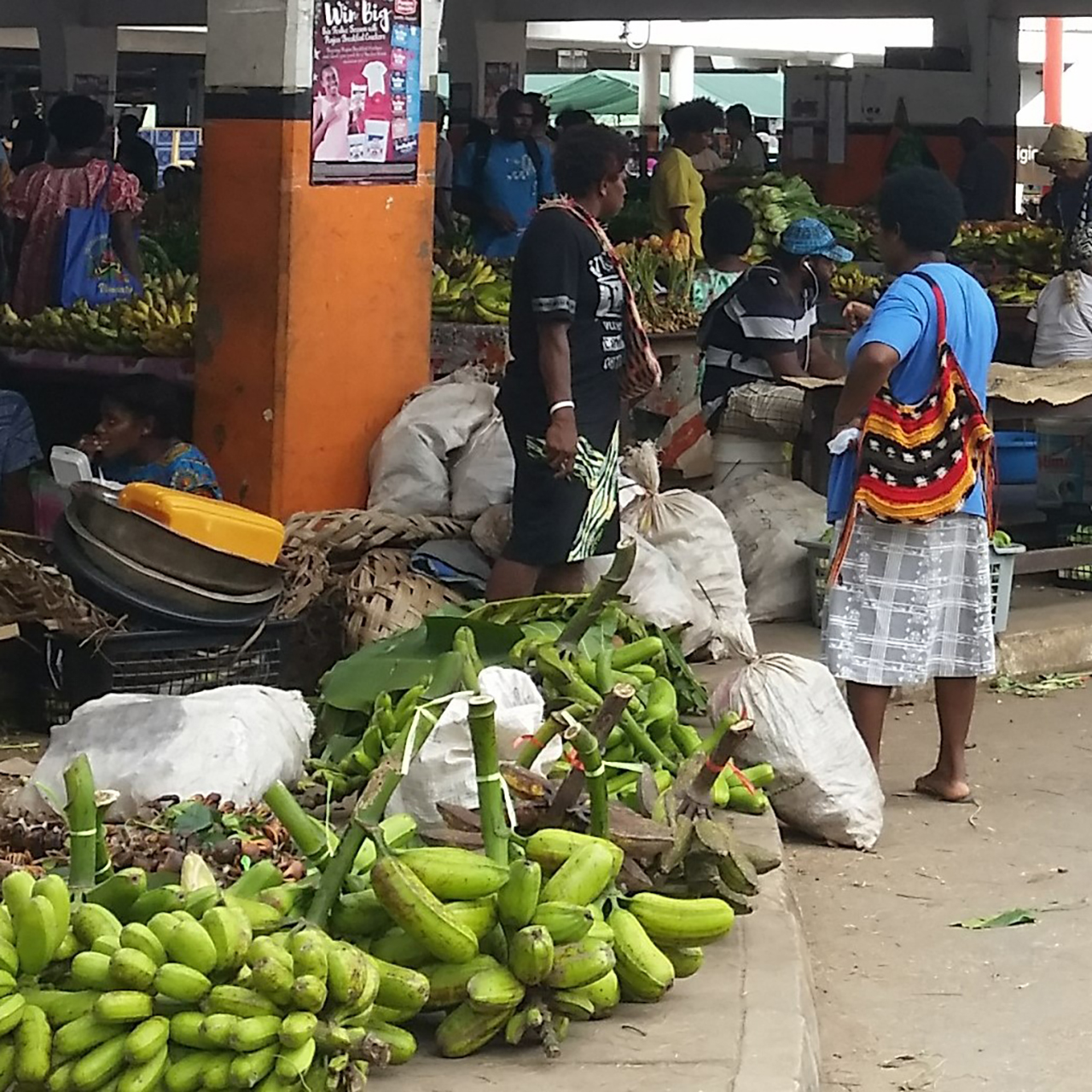The University of the Sunshine Coast is part of a global network working to boost food provision and nutrition education in Pacific Island nations, where obesity rates are among the highest in the world.
The Pacific School Food Network has affiliations across many Pacific Island countries and works to improve the health of Pacific Island children, their families and communities through healthier food and nutrition environments in schools.
Network chair, Dr Sarah Burkhart from USC’s Australian Centre for Pacific Islands Research, said there was an urgent need for increased action as Pacific Island nations transitioned from local, traditional diets to those more reliant on highly-processed foods and low fruit and vegetable intake.
In an article published today in The Lancet Regional Health – Western Pacific Journal, Dr Burkhart said that in many Pacific Island countries, over half of children and adolescents were overweight, while rates of obesity were higher than 20 percent in some nations.
“In some areas stunting rates are up to almost 50 percent, and the prevalence of anaemia among 5 to 14-year-olds is as high as 45 percent,” Dr Burkhart said.
“We are seeing the triple burden of malnutrition – the co-existence of underweight, overweight/obesity and micro-nutrient deficiency – in communities and even within the same households.
“In some areas, there is high availability of highly processed, nutrient-poor foods. In places where people are more food secure, circumstances such as climatic events or COVID-19, can still place significant pressure on food systems.”
The Pacific School Food Network works to provide stakeholders, including primary producers, educators and nutrition and health experts, with opportunities to collaborate, network and build capacity to enhance food education and access to nutritious, safe food in schools.
Dr Burkhart said school food and nutrition education programmes offered an entry point to reach children, parents, school staff and the wider community to improve food choices.
“As well as providing healthy food in canteens and tuckshops, school feeding programs – such as those already in place in Palau, Nauru and planned for Kiribati – can be a critical safety net, ensuring children have access to at least one nutritious meal a day,” she said.
“Given global evidence of the impact of similar programs, this could improve food intake and health, and enhance educational outcomes for generations to come.”
Improving policy, standards and research are key focus areas for the network, which is aiming to overcome a dearth of research and evidence, limited human, financial and physical resources, and a lack of coordination.
“Where policies exist at a national or local level, they are not well monitored and often lead to poor compliance. And there are limited standards used to ensure that food provided in and near schools is nutritious and safe,” Dr Burkhart said.
She said the school food education programs were expected to have additional flow-on effects.
“By better linking school food provision from local smallholder farmers there is the opportunity to enhance social protection and support local livelihoods,” she said.
More information is available at www.pacificschoolfoodnetwork.org
Media enquiries: Please contact the Media Team media@usc.edu.au

